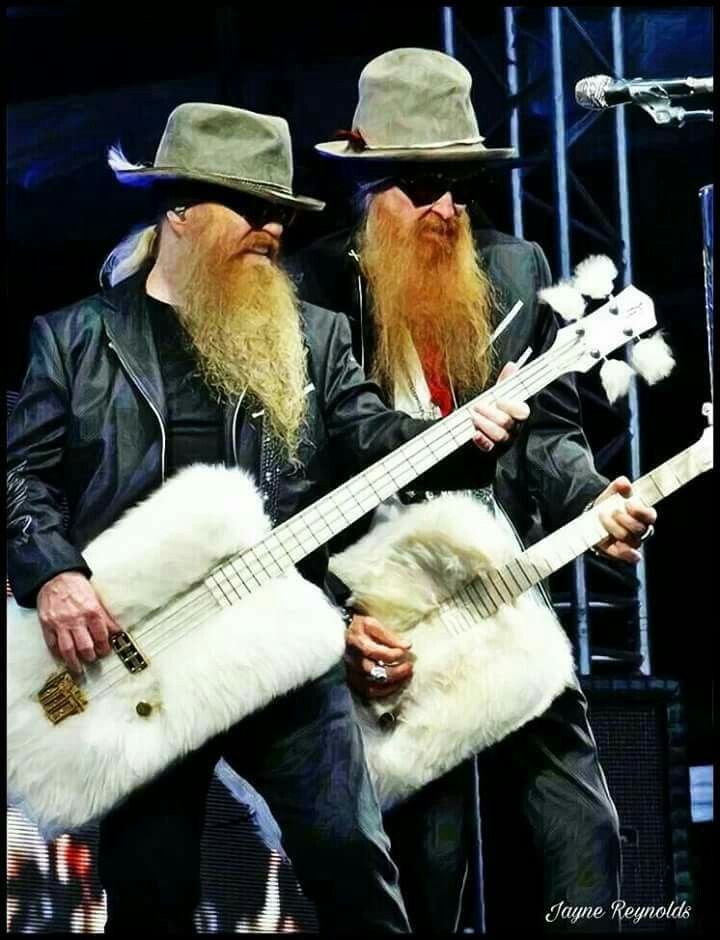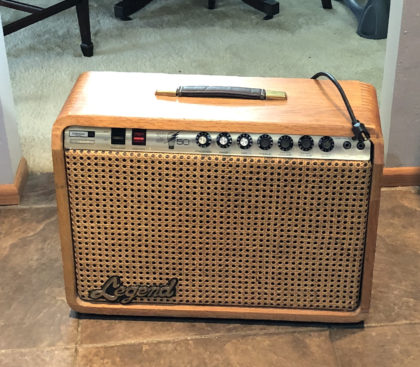I pity pianists and I pity singers.
The rest of us have the luxury of choosing the instrument which best allows us to express ourselves. I found my cello, a somewhat motley Italian instrument made in the 1600’s but with a ‘modern’ (ie 100-year-old) top in 1991. Within minutes, I knew I had found my voice. Of course, it can be a pleasure or a challenge to play other instruments. As travel has become more expensive and challenging over the years, I’ve had to play many other cellos, sometimes with very little time to adjust to them. But there’s no doubt in my mind about which cello is my cello, my voice.
Pianists, on the other hand, have it hard, with the exception of Krystian Zimerman and Horowitz. Wherever they go, they have to play the instrument they’re given, whether they like it or not. And singers! They get one voice and they’re stuck with it. You may love Wagner, but if you’ve got a Bach voice, you’ve gotta sing Bach.
Guitar players are generally more polyamorous, both in music and life, than cellists and violinists. Even when a guitarist finds the instrument they consider the ‘perfect guitar’, they tend to collect many more. Brian May is best known for his homemade Red Special, which he built with his father as a teenager. While that has been his workhorse guitar and musical soulmate for over 50 years, he still has a huge collection of other guitars, including many copies of the RS. Billy F Gibbons found his perfect guitar, the ’59 Les Paul known as Pearly Gates about 50 years ago, and it became the foundation of the ZZ Top sound. He also has a collection of other guitars believed to number over 800, including the “fur” guitar.
Some guitarists change guitars for different songs. Even when Jimmy Page was at the height of his Les Paul use, he would switch to his Danelctro, his double neck or a Tele for certain songs. Other players change guitars for different stages of their musical growth. Clapton started a Gibson guy and ended up a Strat guy, as did Jeff Beck. It’s interesting to wonder whether either Stevie Ray Vaughan or Jimi Hendrix would have moved on from the Strat had they lived longer. Jimi was experimenting with the Flying V in his later performances. What would he have made of innovations like the Floyd Rose tremolo had he lived another 10 years?
(Jimi playing the V in his final concert)
Less obvious to the viewer, but possibly more important to the listener, is the guitarist’s choice of amp. How much of Brian May’s sound came from the Red Special, and how much from his use of the Vox AC-30 or the Deacy? Let’s just say that if you want to sound exactly like Brian, you’ll need both ends of the signal chain (and an amazing left hand vibrato). Robben Ford plays possible the most expensive and coveted amp in the world, the original Dumble Overdrive Special (a generic Dumble will cost you about $100k, heaven only knows what Robben’s is actually worth), rumoured to be worth something in the seven figures. Since taking delivery on that amp in the early 80’s, he’s played a lot of guitars, but 90% of his performances and recordings have used that map. That’s his voice.
For most of the last fifty years, the most used and imitated amps have been Fenders, known for their piercing clean tones and favoured by blues and country players, and Marshalls, the default amp of loud rock ‘n’ roll. As a young guitarist in the 80’s, I could afford neither, and with my diverse interests, I kind of needed both.
Some time in the late 80’s I first encountered Tim, the guitarist for the “Monday Night Blues All-Stars” jam session at the Bluebird in Bloomington, IN. Tim, a local house-painter by day, was a soft-spoken chap, but a baddass guitarist, and he had an amp, the likes of which I’d never seen. It had a beautiful wooden cabinet, and a wicker speaker grill cover, and in that bluesy context, it had the most amazing tone. It had many of the qualities of both a Fender and a Marshal, but sounded like neither. When I got up on stage to check it out, I learned it was called a Legend.
Well, it was the first I’d seen, and, even then, the company was already out of business. But a few months later, I stumbled onto one, with an extra speaker cabinet as a bonus, at a local music shop. I cleaned out my student-era bank account (not a very big job in those days), and bought it. I had found my amp! I had found my ‘other’ voice (in fact, a couple years before I found my cello).
The Legend is most famous for being the amp Billy Gibbons used on Eliminator, but although even being the napkin BFG used to clean his beard after last week’s BBQ is a legit claim to fame, the link to ZZ Top’s most-techno/least cool album is probably misleading (I would love to couple a Legend with a fur guitar, though). The Legend sounds like it looks. Real, solid, full of character.
(A nice introduction to Legend Amps from someone who gets them”
From then until I packed things up a few years later, I had my ideal set up. On one end, my lovingly-made and great-sounding ESP copy of a 57 strat, which I still have. Perfect for all things inspired by Hendrix, Beck, SRV and all kinds of funk and blues. And Eric Johnson. On the other end, the Legend. And in between, a wah-wah pedal, an MXR Phase 90 and a BK Butler Tube Driver. All my other 80’s-era stomp boxes were discarded.
As I’ve discussed elsewhere, I moved on pretty decisively from the guitar in the early 90’s. I still played for fun at home from time to time, took a few jazz gigs here and there, but even those wound down. By the time I was living in Oregon from 99-2000, the Legend badly needed a service – the tubes were shot, the knobs full of dirt.
I moved here to Wales in 2002 with a couple of suitcases. Over the next years, I would always fly back to Oregon with an empty suitcase, but the Legend never quite made it across the pond. To use it here would have required a potent voltage converter and a major service, so it didn’t seem like a high priority given how little I was playing. Instead, it stayed in my office at the Oregon East Symphony until disaster struck.
In 2007, a huge fire consumed our offices. The fire started in the part of the building owned by our landlords, The Eagles Club. Coincidentally, they had long wanted to expand but couldn’t get rid of their tenants. And, even more coincidentally, they building was fantastically over-insured, allowing them to build their dream facility once the fire was out. What a remarkable set of coincidences they were.
The orchestra lost its music library, its archives all its computers. And I lost my Legend.
In the years since then, we had kids, we worked like crazy on the house we were in at the time, then moved to the house we’re in now, and worked twice as hard on it. Time went by, and the only guitar I ever seemed to get out was my acoustic. Without any kind of amp, an electric guitar is just pretty to look at.
I did look for a new Legend, but they’re pretty rare, and I’ve been quite busy the last 13 years. Although I put the word out, a search like this takes a certain amount of focus, which I’ve mostly lacked.
Finally, in 2018, I had a ‘significant’ birthday, and decided that it was time to get an amp or sell the electrics. It’s hard to overstate how much the world of guitar amplification has changed since 1990. There are now gazillions of kick-butt amps out there from companies I’d never heard of. One could spend eye-watering amounts on all sorts of eye-watering kit. I tried all kinds of stuff, but with tube amps, you tend to get one very strong tone profile. Not knowing what shape any future playing might take, I didn’t know whether to get something with a bright, bluesy sound, or a huge, overdriven rock profile.
In the end, I did something radical – I cheated. I bought a Vox modelling amp which includes a tube stage. The idea is to combine a digital amp, which can sample the tonal profiles of several different amps (Vox AC-30, four kinds of Fenders, 2 Marshals, the EVH5150, a Boogie Dual Rectifer, two Dumblets and a few others), with the kind of warmth and sweetness the tube gives. It’s been very useful, particularly in allowing me to try new approaches and think about what kinds of sounds I want to explore in the coming years. And it was cheap.
But I still missed the Legend, and have been looking and looking.
A few have slipped through my fingers, but last week, this arrived:
Unfortunately, it arrived to my parents’ house in the USA, as it couldn’t be shipped here. If we survive the election and cure Covid, I’m excited to see and hear it in person. I think it will just fit in a big suitcase for the journey back to Wales. It’s probably a bit nuts to buy an amp in a pandemic, but 13 years is a long time to be without being able to hear your own voice.
So, a happy ending, and, perhaps, a new beginning.
I hope it sounds good.





What a delightful post, thank you!
I am a complete “classical music snob”, but as I’ve aged and mellowed, and come to respect the greats of Rock and/or Roll. For example, I consider much of the later Beatles oeuvre to be on par with Schubert for song writing, and Schubert didn’t write his own lyrics.
I hadn’t know about the Oregon East Symphony fire, and am saddened to hear about what was lost. Your post gladdens me to hear of a replacement for your Legend.
JUST WANT TO SAY THIS IS AWESOME!!!!!! And exactly the type of site/resources I have been searching for.
We’ve created a online music lessons site.
That will give teachers and students online music lesson access.
Great post Ken…Question: is that YOU playing on the sound sample??
Hi Scott – Yes, that’s me playing (and, I fear, “singing” – although the sound man wasn’t doing me any favors). This is the Monday Night Blues All-Stars (where I first heard the “Legend”ary Tim. I was using the Ibanez Artist rather than the Strat, and the song is about a girl who broke my heart back in the day.